| |
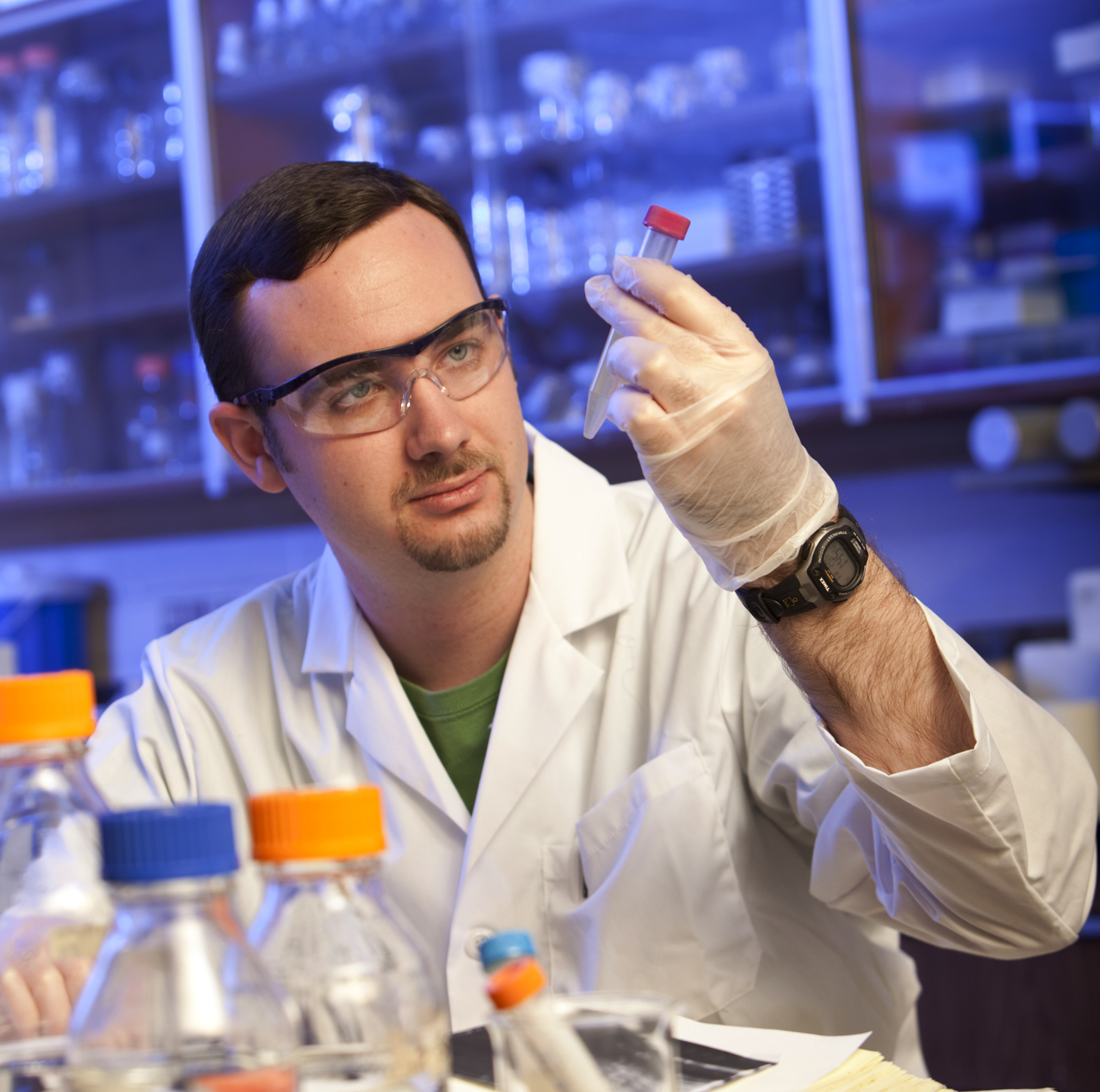 |
Cody Tramp
|
| Cody's mini-bio goes here.
|
| |
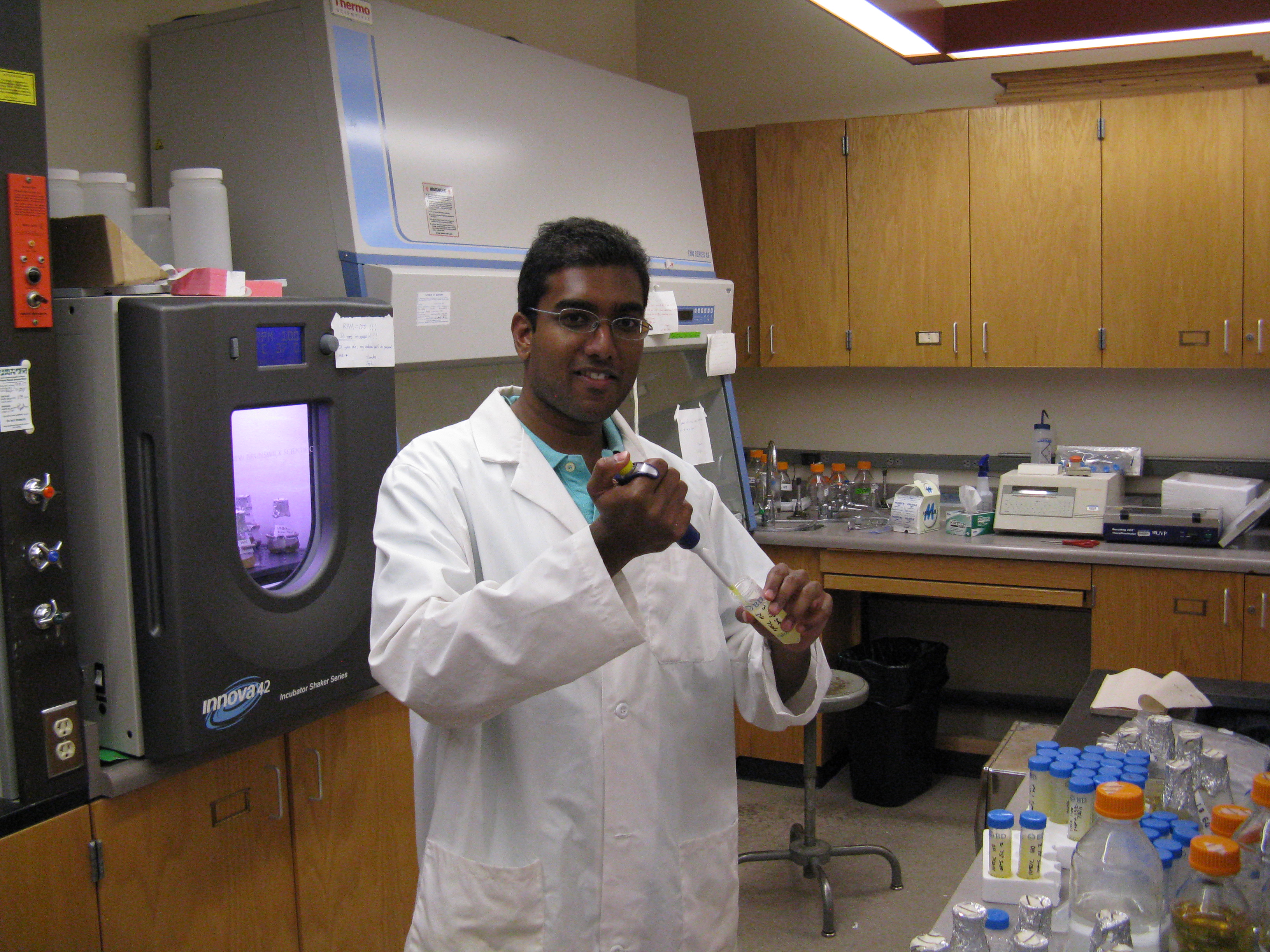 |
Asif Rahman
|
| Asif is one of the graduate advisors. Currently, he is pursuing his PhD in Biological Engineering at Utah State University. His area of study is secretion based recovery of bioplastic from recombinant E.coli and scale-up of the process.
Asif is from Auckland, New Zealand. He obtained his Bachelors in Chemical and Biological Engineering from the University of Wisconsin-Madison in 2009 and his Masters in Chemical and Material Engineering from the University of Auckland in New Zealand in 2010.
Outside of the lab Asif plays cricket, swimming, and soccer. He also enjoys traveling.
|
| |
 |
Josh Ellis
|
| Josh Ellis is a graduate advisor and a PhD student in Biological Engineering at USU. His dissertation research is focused on producing biogas and biofuels using methanogenic and solventogenic microbial populations respectively. Josh is from Idaho Falls, ID. He received his BS in Microbiology in 2008 and MS in Microbiology in 2010. He enjoys recreational activities, movies, books, and spending time with his family.
|
| |
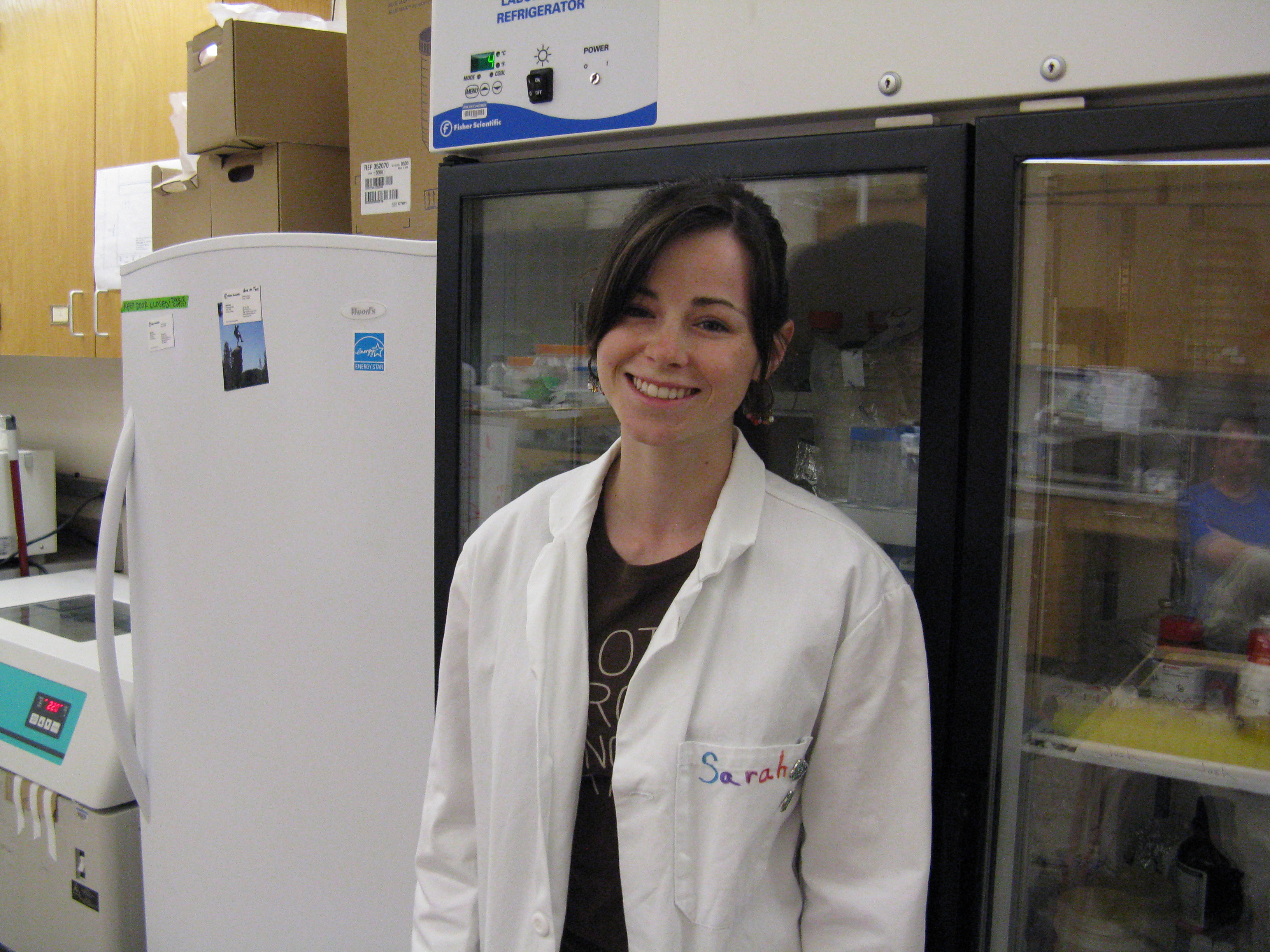 |
Sarah Allred
|
| Sarah's mini-bio goes here.
|
| |
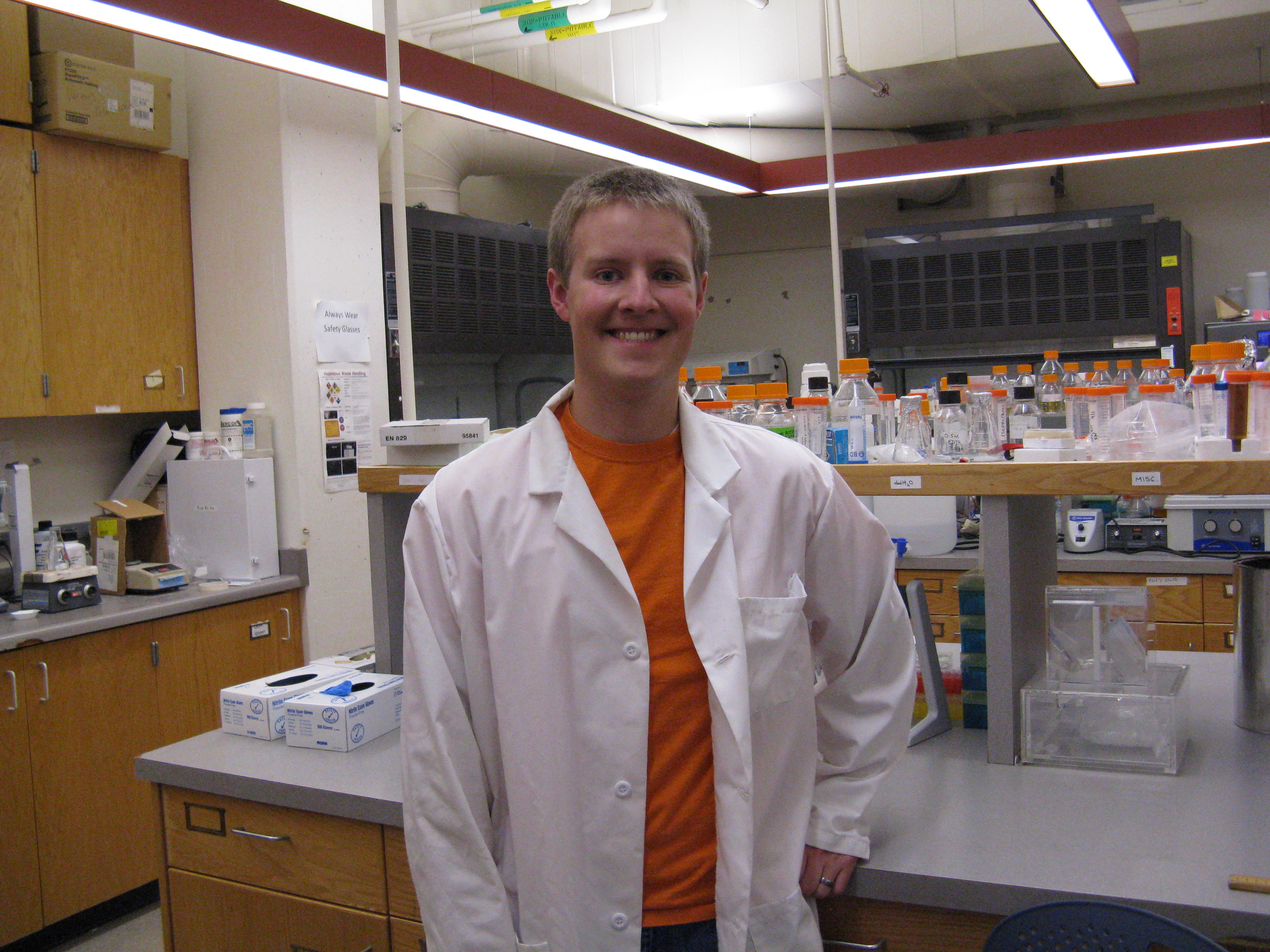 |
Eric Anderson
|
| Eric is a Senior in Biological Engineering, minoring in Chemistry. He has participated in research centered on characterization of biosurfactants and the organisms that produce these compounds. He enjoys birdwatching, choral singing, and spending time with family.
|
| |
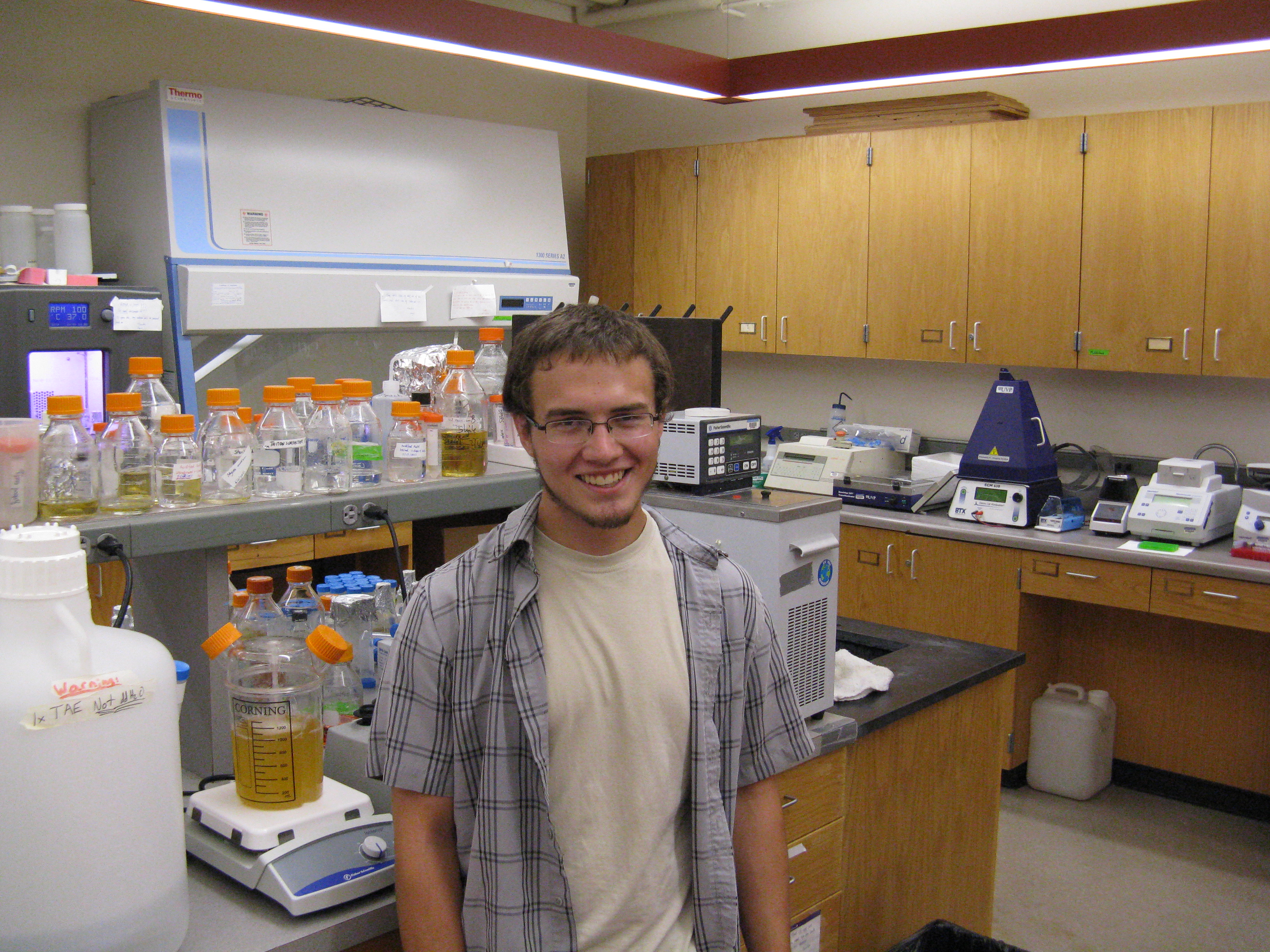 |
Charles Barentine
|
| Charles' mini-bio goes here.
|
| |
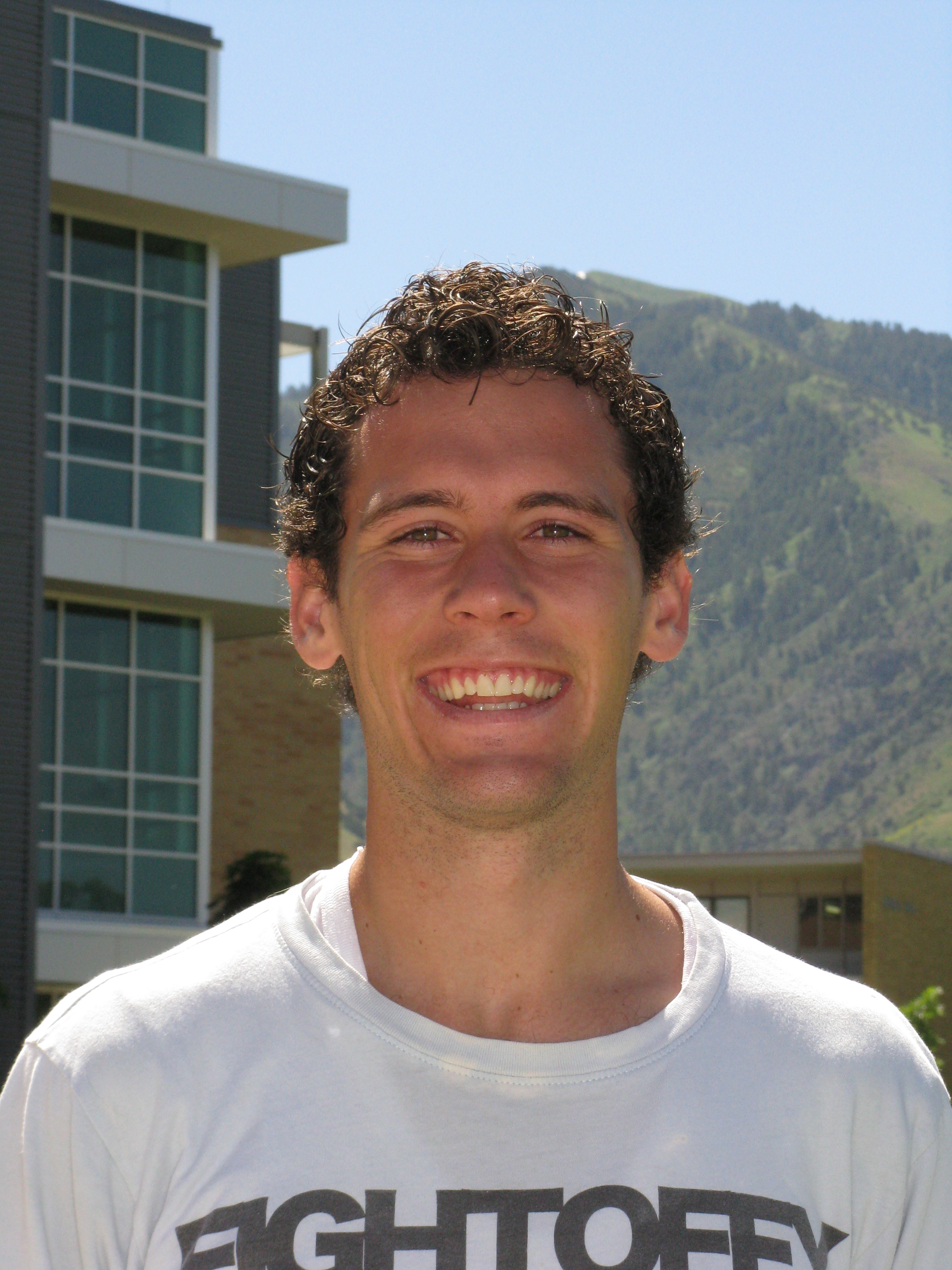 |
Victor Carlson
|
| Victor is a Senior Biology student participating in iGEM for the first time. His personal research involves the characterization of eukaryotic species growing in the Logan lagoons. Outside of work, he is a member of Cache County Sheriff's Search and Rescue and the Utah State Men's Soccer Team. He is preparing for a career in healthcare with a specialty in emergency medicine.
|
| |
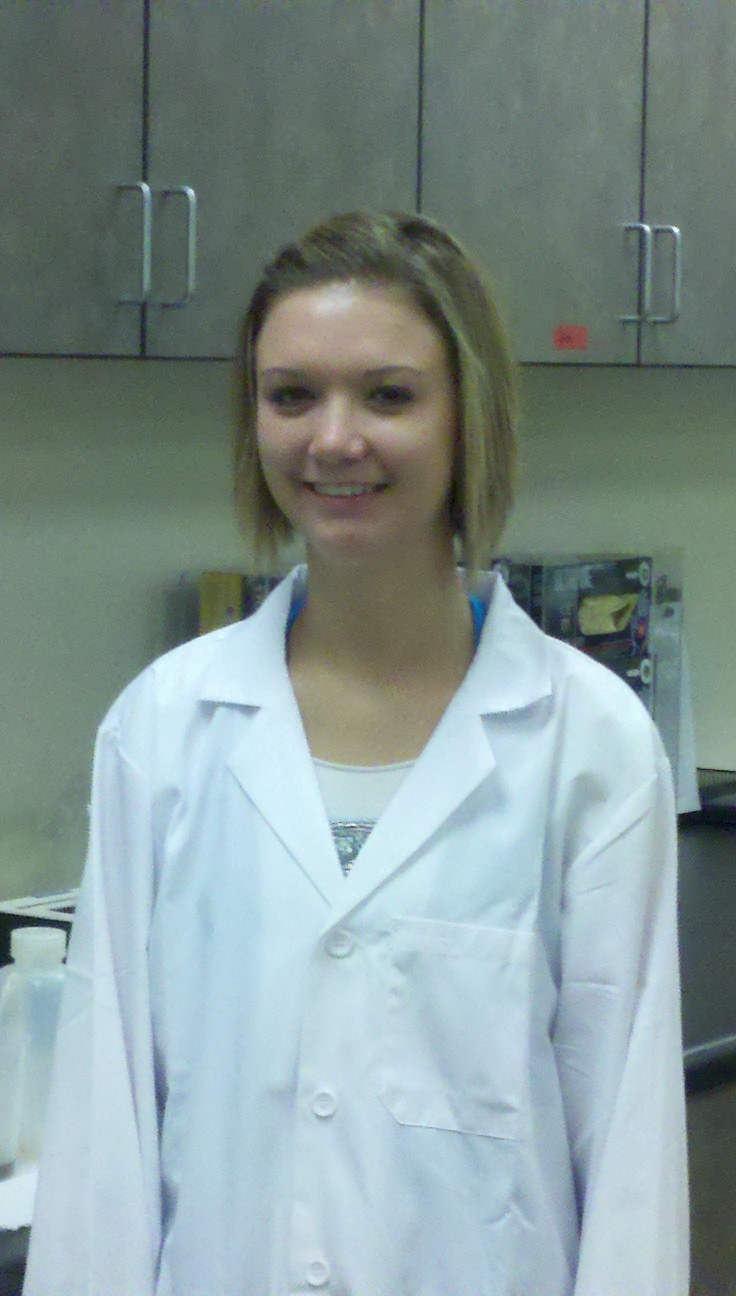 |
Ashlyn Tucker
|
| Ashlyn is a sophomore in biological engineering and this is her first year participating on the iGEM team. She currently works as an intern for a company which designs and manufactures microscope slide stainers as well as other medical equipment. While working this job, she discovered her interest in biomechanical engineering. Outside of the achedemic and work spheres, Ashlyn enjoys watching movies, dancing, and participating in outdoor activities. This year for iGEM she was the primary wiki editor as well as a contributor in lab experiments.
|
What We Did
Building upon the CyanoBrick toolkit developed by the 2010 Utah State iGEM team, our project will focus on producing valuable bioproducts using Synechocystis sp. PCC 6803. Our project will attempt to produce 3 different bioproducts: fatty alcohols, wax esters, and alkanes/alkenes. Fatty alcohols and wax esters are used to produce cosmetics, lubricants, and various pharmaceuticals. Fatty alcohols with a 20-carbon chain are used in the cold sore medication Abreva[reference needed], and long chain fatty alcohols have been linked to improved heart health [reference needed]. Alkanes and alkenes are utilized as hydrocarbon fuels. The production of these bioproducts in cyanobacteria will greatly reduce their cost and increase their availability.
In addition to producing bioproducts, our project will also provide a more detailed characterization of the promoters and ribosome binding sites (RBS) produced by the 2010 Utah State iGEM Team. Utilizing a dual luciferase expression measurement construct, and reference promoters from E. coli and Synechocystis, our team will more precisely characterize the expression levels of 23 promoters under standard growth conditions, compared with the GFP-based measurements made in 2010. We will also produce useful intermediate parts, which are currently not available through the registry, allowing the dual luciferase expression measurement system to be easily adapted to new organisms and new reference promoters.
|